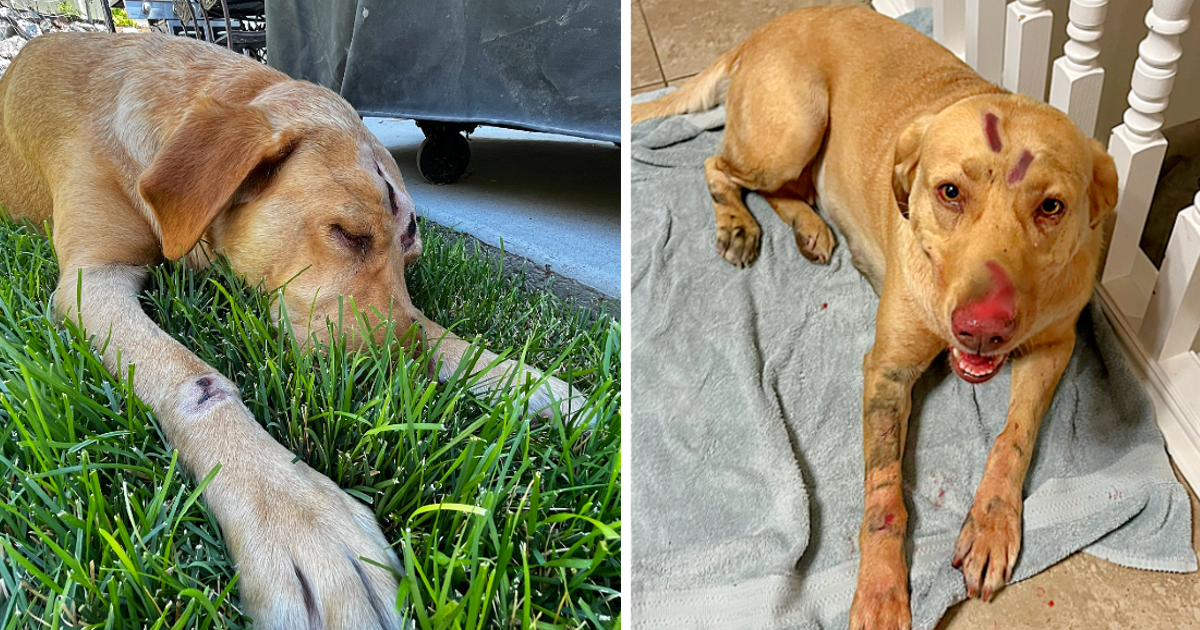The Arabian Sand Cat, known as the “young and old” cat breed, was finally captured after being photographed for the first time in 2005.

The sand cat (Felis margarita) or dune cat is a creature of the genus Cat that lives in the desert regions of Africa and Asia. They live in arid lands, even so dry that even the African wildcat can’t stand it, such as the Sahara desert, the Arabian desert, the desert regions of Iran and Pakistan.
Assistant scientist Shakeel Ahmed and a team of colleagues from the Abu Dhabi Environment Agency began searching and photographing the cats in March 2015 after the last reported sighting in 2005.

Sand cats were first known through description in the Catalog des mammifères et des oiseaux published in 1858 by Victor Loche. The name Felis margarita was given by Loche in honor of Jean Auguste Margueritte, the leader of the expedition Loche joined during his contact with the cat.
Arabian sand cats are nocturnal animals and often stay in their burrows during the day to avoid the harsh rays of the sun. Their coat is also the same color as the sandy environment they live around, making this cat breed invisible and difficult to detect.

They are known as “young forever and never old” cats because of their cute appearance from childhood to adulthood, they always keep the appearance of a kitten.
They look quite similar to domestic cats but are distinguished by their thick coat around their ears and under their paws, which allows them to walk freely without leaving any marks in the sand.

Sand cats are quite small in size and appear to be stocky with short legs, long tails and very large and pointed ears. The length of their head and body ranges from 39 – 57 cm, plus the tail is about 23 – 31 cm long. The weight of sand cats is in the range of 1.4 – 3.4 kg.
To be able to capture these images, Shakeel Ahmed and his team designed harmless traps that lure them in with chicken and fish-flavored cat food around the motion detection trails in Baynouna. , Abu Dhabi.
Over the course of 278 cat-trapping nights, they took 46 photos and identified three different sand cats, one of which was identified as a male. The cats are seen most of the time between 0-6am and 39% of those times are during the full moon.

Contrary to other Asian cats, sand cats have thick hair between their toes, which creates a thick insulating coat that prevents them from burning when walking in the sand. The claws of the hind limbs are quite small and blunt, plus the thick hair covering the paw pads makes the sandcat’s footprints very difficult to be recognized by predators.
It is very interesting that this cat does not need to drink water because it is completely hydrated from the foods they eat such as small birds, reptiles and small mammals.
This mysterious cat is classified as endangered on the red list of the International Union for Conservation of Nature, and is also an endangered species in the United Arab Emirates.

Sand cats can survive in temperatures ranging from −5 degrees Celsius to 52 degrees Celsius, and when the weather is inclement they will retreat to shelter in burrows.
Because this cat breed is very shy and also extremely difficult to see, so far scientists have not captured much information about them.

Their heads are very wide and their ears are so large that the ears can be spread horizontally and even downward for hunting. The sand cat’s coat is pale yellow like the color of sand, dotted with hard-to-see yellow-green stripes; Their chin and belly are white.





